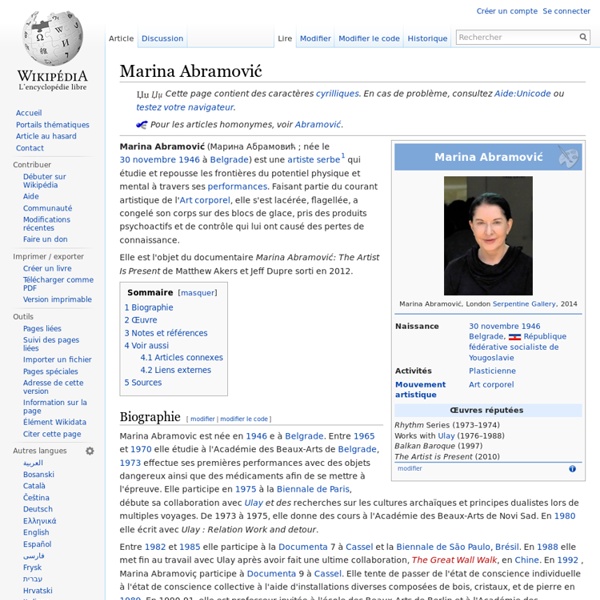Ishtar (film)
Ishtar is a 1987 American comedy film written and directed by Elaine May and produced by Warren Beatty, who co-starred with Dustin Hoffman. The story revolves around a duo of incredibly untalented American lounge singers who travel to a booking in Morocco and stumble into a four-party Cold War standoff. Shot on location in Morocco and New York City by cinematographer Vittorio Storaro, the production drew media attention before its release for substantial cost overruns on top of a lavish budget, and reports of clashes between director, producer, and cinematographer. The film opened to mixed reviews,[2] but became a notorious failure at the box office. The film was originally released on DVD only in Europe. Lyle (Beatty) and Chuck (Hoffman) are inept songwriters who dream of becoming a popular singing duo in the mold of Simon and Garfunkel. Marty books them as lounge singers in a hotel in Morocco to entertain troops stationed there. Expenses continued to grow.
2013 | xavierlandry
Provoquer le prophète, acrylique sur toile 36 x 48" Le septile, acrylique sur toile 36" x 48" Grosse vache, Acrylique sur toile 24" x 36" Long Time Nausea!Acrylique sur toile, 18 x 24 Le baptiste, acrylique sur toile 14 x 18 St-Sebastien, acrylique sur toile 14 x 18 St-Antoine, acrylique sur toile 14 x 18 Saint-Laurent, acrylique sur toile 12 x 16 Sainte-Agathe, acrylique sur toile 16 x 20 Ennui mortel, 30 x 36" acrylique sur toile acrylique sur toile, 24 x 18" Ügo, 24 x 36" Macaulay Vanité phone home, acrylique sur toile 16 x 20" Camille Claudel, acrylique sur paneau 6 x 8" Newton, acrylique sur toile 14 x 18" Cyclopinette, interprétation de l’oeuvre de René Donais Brunch de Noël, 16 x 20 acrylique sur toile Aimer : J’aime chargement…
Diabolique (film)
Un article de Wikipédia, l'encyclopédie libre. Diabolique (Diabolique) est un film américain réalisé par Jeremiah S. Chechik, sorti en 1996, semi-remake des Diaboliques d'Henri-Georges Clouzot de 1955. La femme et la maîtresse d'un professeur d'université s'associent pour planifier son assassinat. Sharon Stone : Nicole HornerIsabelle Adjani : Mia BaranChazz Palminteri : Guy BaranKathy Bates : Det. 1997 : Award of Distinction de l'Australian Cinematographers Society pour Peter James1997 : Nomination de Sharon Stone aux Razzie Awards dans la catégorie Worst New Star (également pour son film Last Dance). (en) Diabolique sur l’Internet Movie Database Portail du cinéma américain
Digital Disruptions by Vanessa Bertagnole
Digital Disruptions is a series of still images illustrating liminal spaces between converging digital worlds. As printed images this work seeks to transport viewers to another world existing in another space and time by presenting the transference of various digital media: video, television, computer and finally materialized through photography form. The brain struggles to make sense of these digital anomalies and abstractions presented in a familiar mode of representation. By disrupting the digital code and constant stream of digital imagery pervading our everyday lives, these images allow for quiet reflection and contemplation on the convergence of media now commonplace in modern society.
Possession (film, 1981)
Un article de Wikipédia, l'encyclopédie libre. Possession est un film franco-allemand écrit et réalisé par Andrzej Żuławski, sorti en 1981. Mark retourne chez lui à Berlin alors que sa femme, Anna, décide de le quitter.
Alex Grey
Andrzej Żuławski
Un article de Wikipédia, l'encyclopédie libre. Andrzej Żuławski Andrzej Żuławski en 2001. Andrzej Żuławski est un réalisateur de cinéma, metteur en scène de théâtre, scénariste, écrivain polonais, né le à Lwów (Lviv) (ville polonaise à l'époque qui venait d'être occupée en septembre 1939 par l'Union Soviétique). Biographie[modifier | modifier le code] Fils du diplomate et écrivain Mirosław Żuławski (1913-1995), attaché culturel à Paris, puis ambassadeur auprès de l'UNESCO pendant une partie de son enfance et de sa jeunesse, il effectue plusieurs années de sa scolarité en France. En 1974, il coadapte et réalise L’important c’est d’aimer, tiré du roman de Christopher Frank La Nuit américaine. Il a été marié à Sophie Marceau, de 25 ans plus jeune que lui. Filmographie[modifier | modifier le code] Réalisateur[modifier | modifier le code] Courts métrages Longs métrages Acteur[modifier | modifier le code] Œuvres écrites[modifier | modifier le code] Andrzej Żuławski est également écrivain.
Doctorak, GO!



